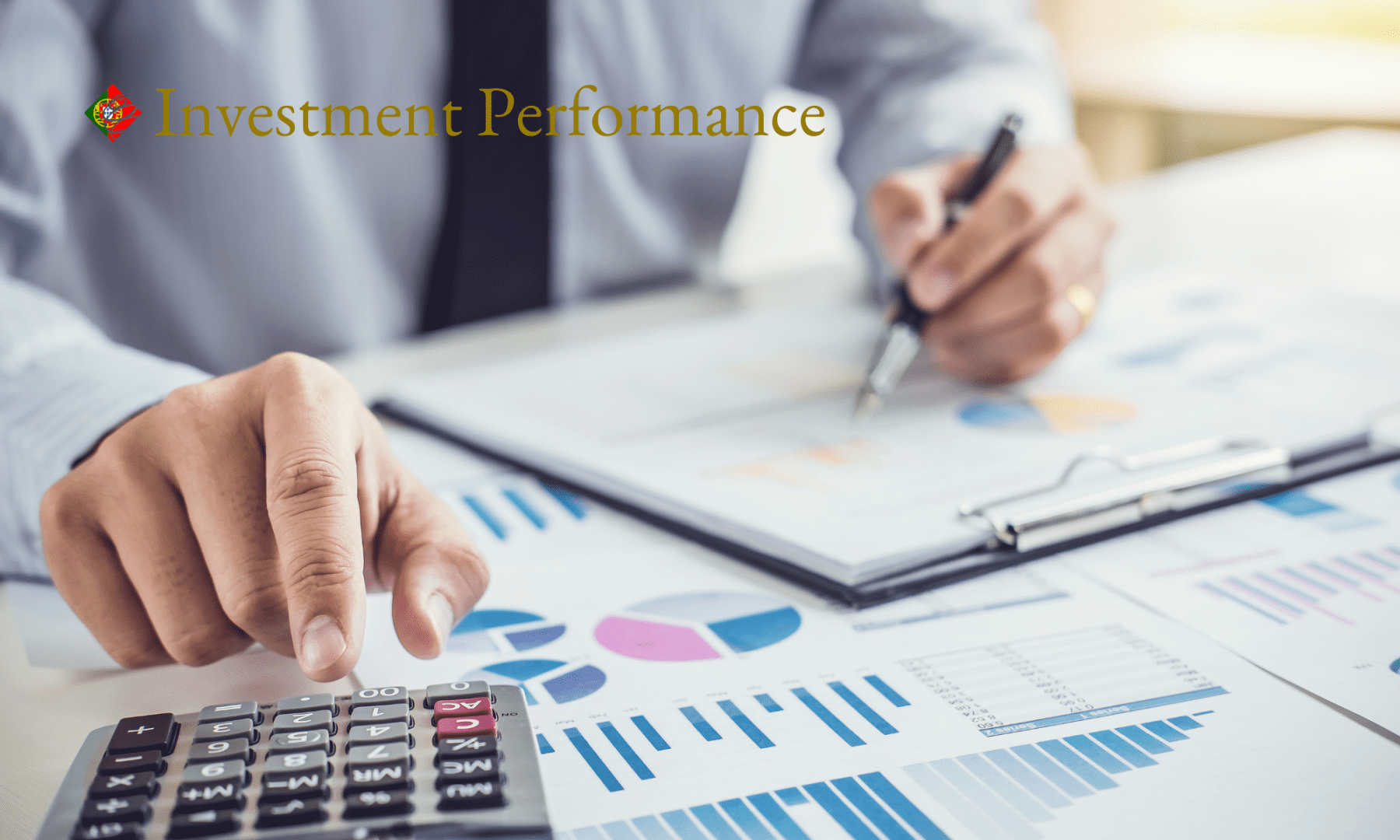There are several different ways of measuring your investment performance, and I will run through some simple tips to allow you to dig deeper into your portfolio.
Firstly, do not forget to factor in fees such as adviser and management fees and structure costs when looking at returns. I have seen the cost of some investments run as high as 4% p.a. through hidden commissions and explicit charges. These have been disguised by strong market performance over recent years, but are likely to be exposed if we experience leaner years in markets in the future.
Simple benchmarking
A simple and quick method of comparison is looking at interest rates on cash accounts. If your investment returns are generating the same returns as cash on deposit, why are you taking the market risk?
Similarly, take into account inflation. If you generate a 3% return and inflation is 2%, your net return is just 1%; is this what you thought you were achieving?
Lastly, look at what similar passive investments have done. These types of funds simply track a stock market index and are inexpensive. If you are paying a fund manager to outperform and add value by trying to achieve higher returns, have they done this?


